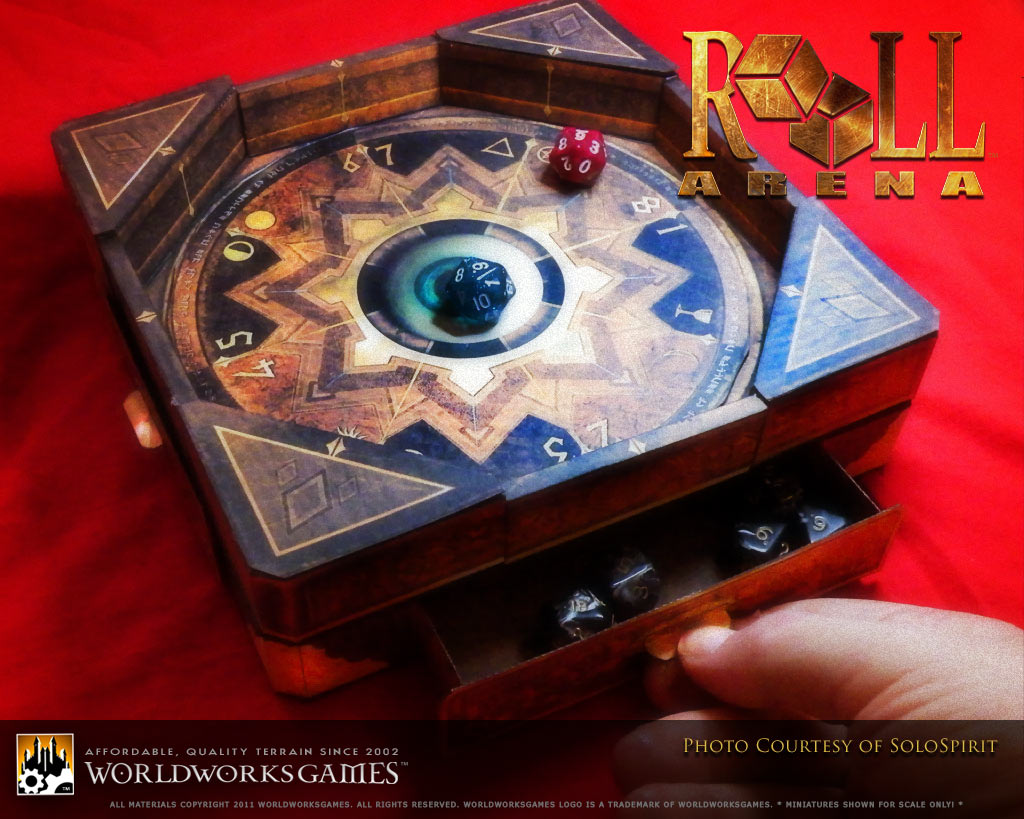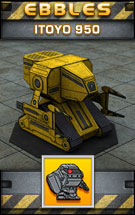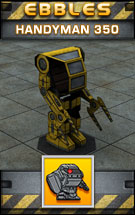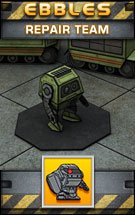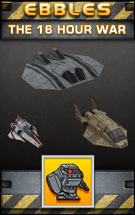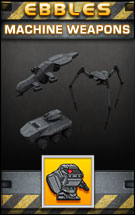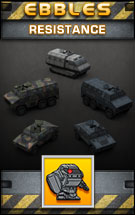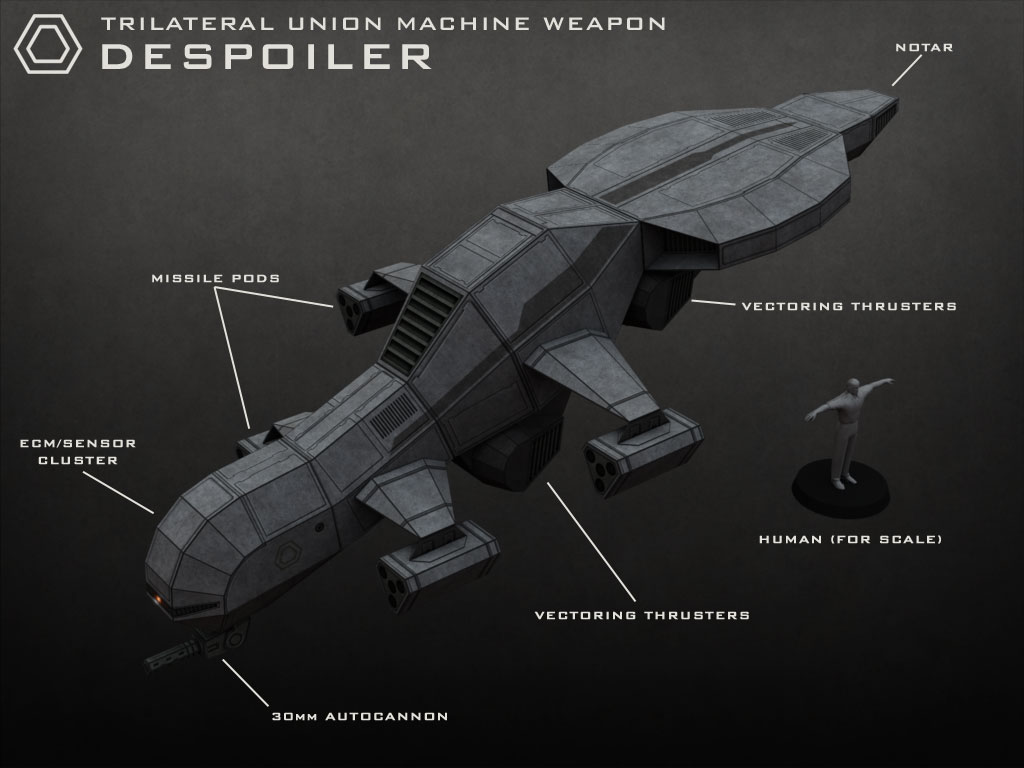Happy New Year’s! I’m in my recliner right now composing this blog entry with a big grin on my face.
I got a 9.7″ iPad Pro for Christmas. I just spent a few days experimenting with it, figuring out everything that I could do with it. I was blown away by how much it could handle: pretty much everything that I do for fun can be done on it. That’s a big deal to me, because I like not being tethered to my PC after work. Especially when the tempo and intensity ramps up on work projects–at that point, when I’m done for the day, staying at my PC for a few more hours to work on personal projects ain’t gonna happen.
Most of what I do for fun involves some form of art. I’m used to the precision of a mouse cursor for certain tasks and pen tablets for other tasks, and going from that to a finger or some clumsy sausage stylus feels like a huge step down. The Apple Pencil remedies that very well, and is the biggest thing that the iPad Pro brings to the art party.

I had a lot of fun doodling in Procreate, and like it a lot as a virtual sketchbook. I might even be able to do paper figures in it, or at least the base art for them.

This got me thinking about papercraft design, which I normally do at a PC using 3D modeling tools and specialized papercraft software like Ultimate Papercraft 3D and Pepakura Designer. I’ve been accused in the past of being a “Pepakura button pusher” by competitors, but the truth of the matter is that I’d already been developing paper models with classical methods long before I discovered papercraft software, and even today, I’m still pretty comfortable doing things the old-school way. I mean, once you realize that everything is really a plane, cylinder, or a cone, it all comes together.
I tried out a number of vector drawing apps, but the only real standout was iDesign, which had a number of very convenient features for developing paper models the classical way: linear/angular measurement tools, the ability to rotate shapes around arbitrary points, and good object/grid snapping. I did a quick test development of an 8 sided chamfered cylinder to see how the drawing and manipulation tools held up, and it worked great.

So, iDesign is now my iOS go-to for developing reference geometry. Another very useful app I’ve incorporated into my iPad flow is EzyTriangles, a simple math app that streamlines the process of calculating accurate triangles from known side lengths.
The next thing on my list of papercraft fundamentals is something to texture the reference geometry with. Interestingly, this turned out to be one of the vector drawing apps that failed to make the geometry development cut: Autodesk Graphic (formerly iDraw). My PC texturing workflow used Photoshop, but was vector-heavy, and Graphic had 100% of the needed vector functionality. As an unexpected bonus, it also had much of the same layer styling and blending functionality that I used heavily in Photoshop.

It looks like I can get texturing to the 80-90% point in Graphic alone, and the hand-painted remainder (grunge, shading, glass, and other stuff I normally paint by hand) can be done in Procreate according to a quick test.
Next, I needed something for layout and graphic design so I could do product assets and instructions on the iPad, and here Graphic came out on top again. I was on the edge of my seat. Could I really do all of this on a tablet?
I started laughing when I discovered that my iPad Pro had a better camera than my iPhone 5S, and decided to go for the absurdity gold. I’d get a tripod and adapter for the iPad so it could be used to take model and instruction photos. (Can’t beat a huge viewfinder screen!)
That leaves one thing…organizing and zipping up the files. To that end, I’m testing a file manager app that seems to work nicely so far. Getting the zipped stuff up onto the Internet from there is trivial.
This is going to be interesting!






